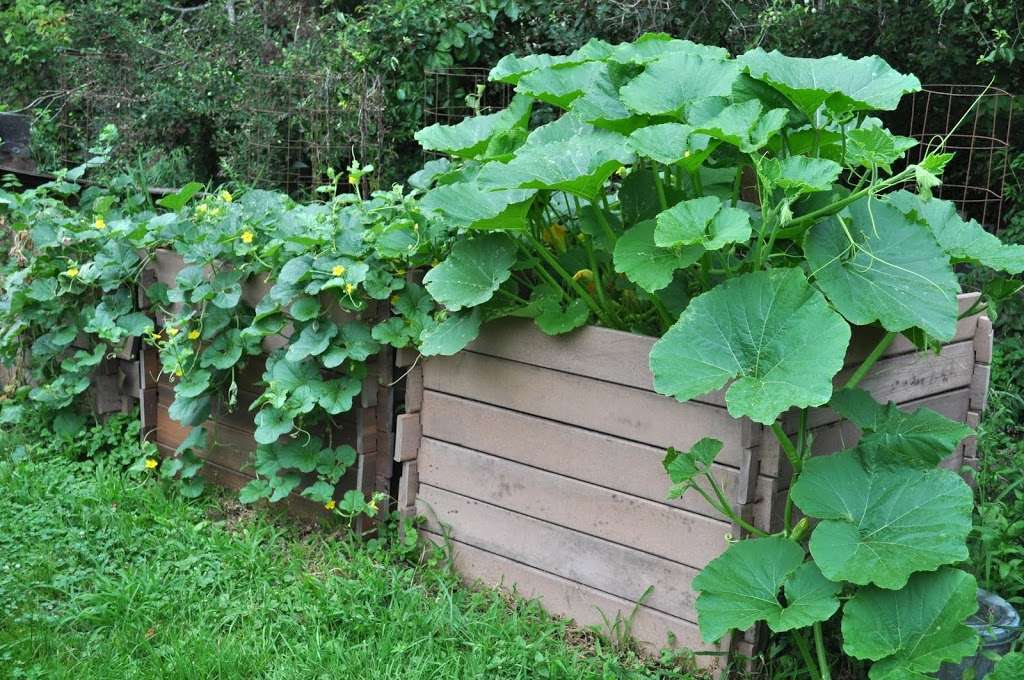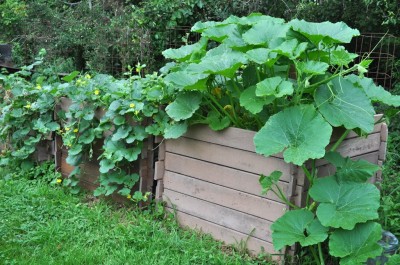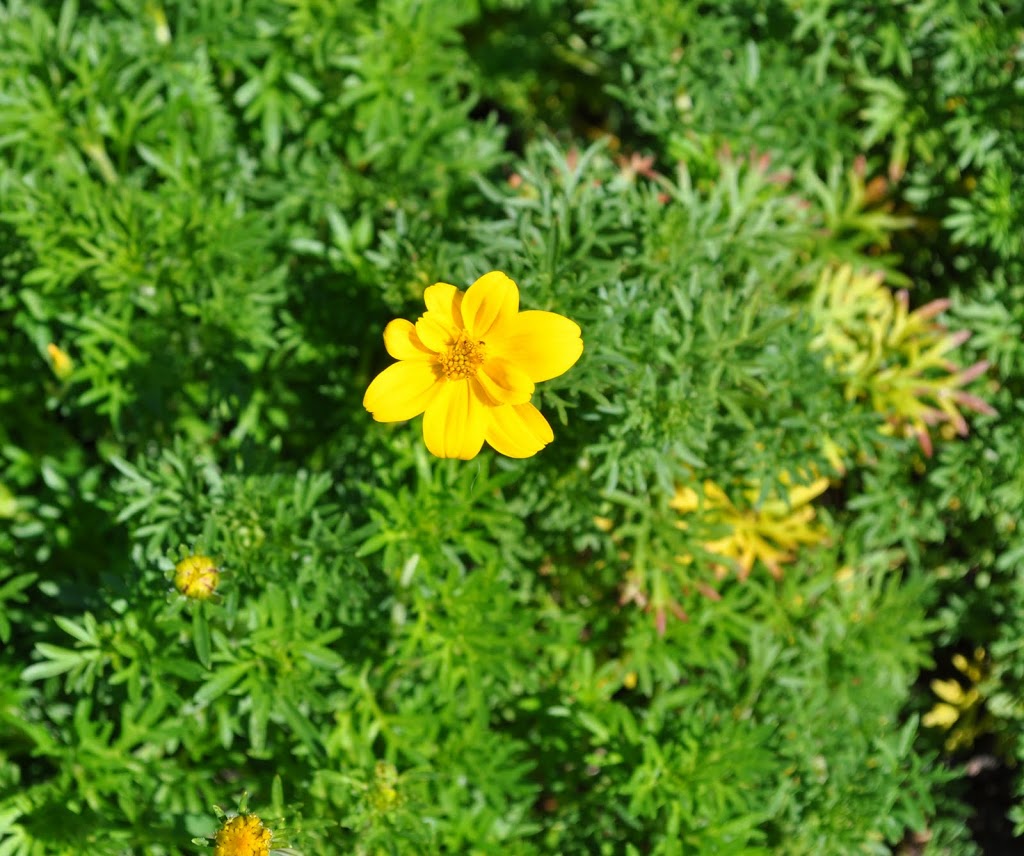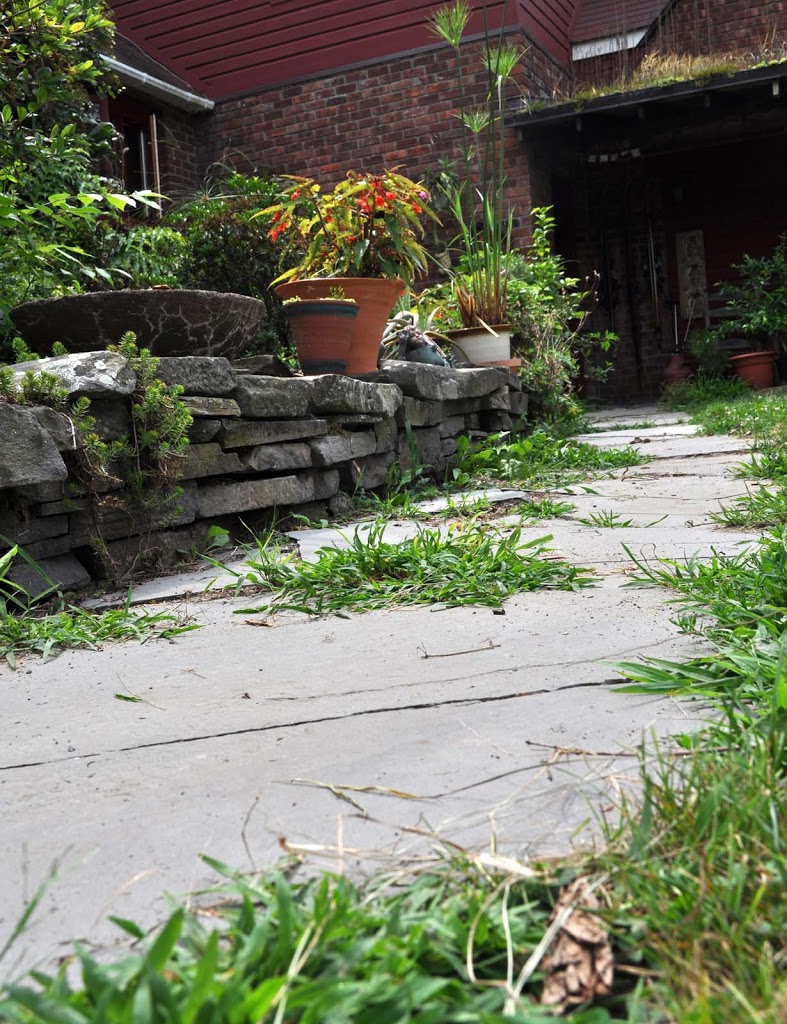Growing winter squashes and melons has always been an iffy proposition for me. I try to keep my vegetable garden intensively planted and neat, so the question is where to direct these plants’ long, wandering vines.
In the past, I’ve grown squashes inside the garden along the fence, up which the vines could climb. That’s if they wanted to. Some stems would invariable make a break away from the fence and scoot into the garden proper. Other stems would start the climb and then poke through the fence to start running along the ground outside the fence. I would grab some of the delinquent stems and tie them up to the fence, along with well-behaved stems that just needed help in their upward climb. Other delinquent stems just got lopped back.
Nature always wins, and the squashes usually got the better of me, overrunning their corner inside and outside of the garden.
Melon vines are not as wild as squash vines, but still need some restraint in my garden. Some years I’d grow them on inclined trellises. Other years, they rose — with some help from me — as spiraling towers of greenery in tomato cages. Each hanging melon had its own mesh bag, attached to the trellis or cage, to prevent premature separation from the vine, and dropping. The reality wasn’t so neat; in real life, melon vines also always got the better of me.
The necessary growth restrictions of the squash and melon vines severely limited their output, and even with low yields, they required much attention.
———————————–
The outlook on squashes and melons changed this year with a suggestion from my wife, Deb. First, let’s backtrack to the rear of my property. Along the west border are compost bins, a lot of them, each about four feet square and of varying heights. They are straight sided boxes built up of interlocking real or composite wood. Most of the piles were built last year and stirred up this spring with my pitchfork to ripen until late summer. Then I’ll dig into them and spread the “black gold” over the vegetable beds and beneath fruit trees.
Deb suggested planting melons and squashes right into the compost bins. Perfect! Just like a mini-garden with the roots of each squash or melon plant in moist, very rich soil — compost, actually. Elevated above the ground, the young vines would be safe from rabbits and, over time, could ramble to their hearts’ content over the tops of the bins, even down to the ground and beyond.
At the end of May, melon and squash plants started in flats were ready to be planted out, and in they went into small holes I cut in the cardboard that covers each pile to keep moisture in and weeds out. I even put some tall tomato cages up against the back of the bins in case the vines felt like playing up and down them also.
Growth in these “compost gardens” has been, as would be expected, phenomenal. Besides abundant nutrients and moisture, residual heat in the bins was also enjoyed by these heat-loving plants.
—————————————
This year, of course, I’m making compost to spread next year. First year piles get quite hot: A few weeks ago, temperature within one completed piles registered 155°F. at an 18 inch depth. It has since cooled down to a balmier 130°F.
With inevitable invasions of yellow-striped cucumber beetles and bacterial wilt, cucumbers will soon peter out. They do so every year, so I always start some new plants in early July. This week I had second-crop cucumber transplants as more compost garden candidates, and I’m wondering if the new piles are still too hot for planting. I’ll find out soon enough because I did transplant a few of the seedlings into two of the piles. The plants’ roots will perhaps find temperatures to their liking in the surface layers of the pile, dipping lower as temperatures cool over the next few weeks. Or the plants might just get cooked.
I transplanted a few of the cucumber seedlings out into the vegetable garden, along the fence which I’ll coax the vines to climb.






well im intrigued. well done